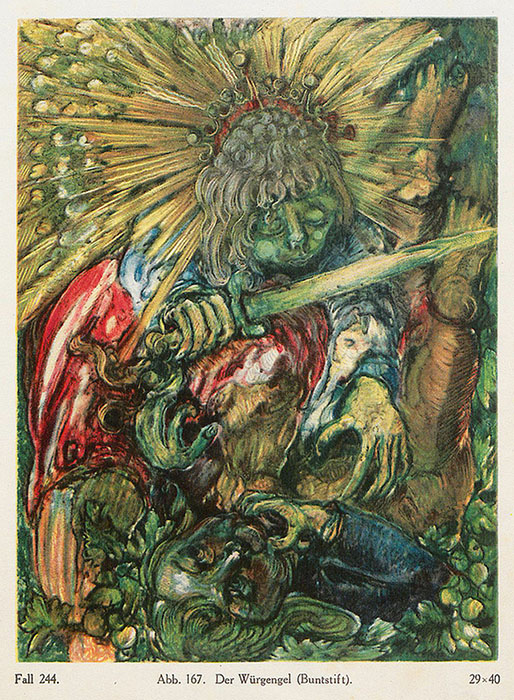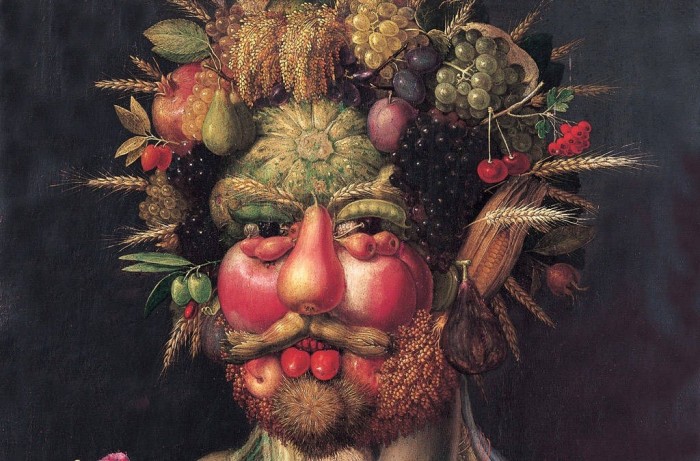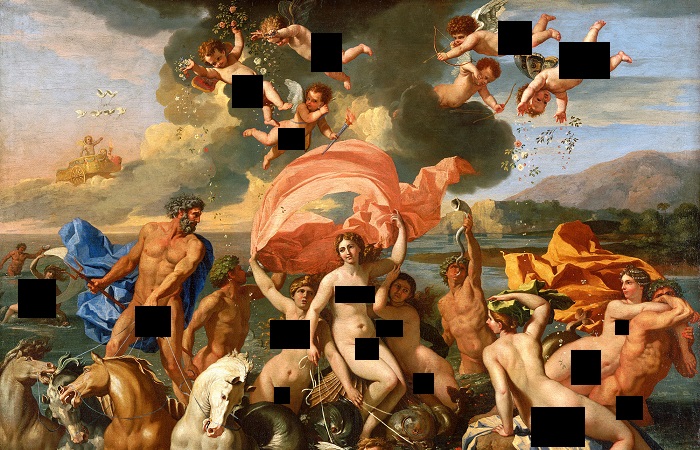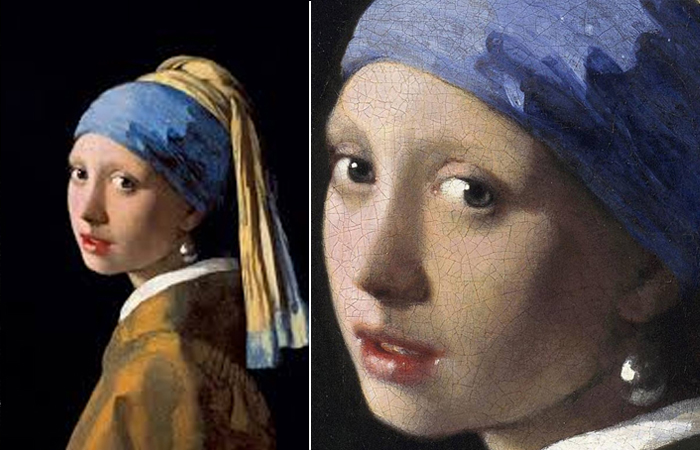tanya
Symbolism of the most mysterious stone: Women with pearls in the paintings of famous artists
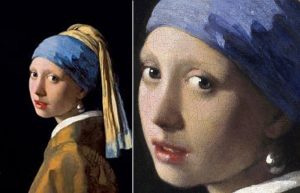 The dual nature of pearls has inspired artists at all times: pearls have been used for centuries as attributes of vanity, purity, innocence and even generosity. According to the National Gallery of Art, “symbolically, pearls were associated with vanity and worldly cares. Titian, for example, dyed Venus’s hair adorned with pearls. They can also represent purity, as can be seen from Lorenzo Lotto’s painting of St. Catherine.”
The dual nature of pearls has inspired artists at all times: pearls have been used for centuries as attributes of vanity, purity, innocence and even generosity. According to the National Gallery of Art, “symbolically, pearls were associated with vanity and worldly cares. Titian, for example, dyed Venus’s hair adorned with pearls. They can also represent purity, as can be seen from Lorenzo Lotto’s painting of St. Catherine.”
In 17th-century Dutch painting, pearls are depicted in earrings, necklaces and bracelets of heroines in portraits, historical paintings and vanitas objects. Perhaps the most famous painting with pearls is rightfully considered the “Girl with a Pearl Earring” by Jan Vermeer.
Jan Vermeer “Girl with a Pearl Earring” Continue reading
“Love Letter” by Jan Vermeer: Why the lute is central to the picture
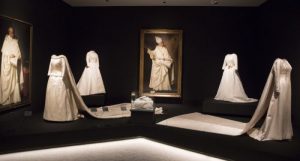 Cristobal Balenciaga once said that “a good fashion designer should be an architect for patterns, a sculptor for form, an artist for design, a musician for harmony, and a philosopher for fit.” And it is not surprising that in the 20th century he ruled high fashion with innovative clothing inspired by unusually traditional Spanish sources. The Basque fashion designer took replicas from regional clothing, folk costumes, bullfights, flamenco dances, Catholicism and, of course, from the history of painting. And in the end, he created what conquered the world for centuries.
Cristobal Balenciaga once said that “a good fashion designer should be an architect for patterns, a sculptor for form, an artist for design, a musician for harmony, and a philosopher for fit.” And it is not surprising that in the 20th century he ruled high fashion with innovative clothing inspired by unusually traditional Spanish sources. The Basque fashion designer took replicas from regional clothing, folk costumes, bullfights, flamenco dances, Catholicism and, of course, from the history of painting. And in the end, he created what conquered the world for centuries.
The Balenciaga collection is full of stocky silhouettes, stooped shoulders and neat trouser lines. But the fashion house today, under the leadership of Demna Gvasalia, represents a completely different aesthetic than what Cristobal himself did during his lifetime. “They cannot be compared,” explains Eloy Martinez de la Pera, curator of the new Balenciaga and Spanish Painting exhibition in Madrid, which combines ninety works of the Balenciaga couture with 56 masterpieces of Spanish painting that inspired the designer. “Balenciaga’s story ended when he stopped making clothes. His story was extremely personal, but today Balenciaga has a completely different story, and it is also worth telling. ” And in order to truly recognize Cristobal himself, it is important to know the key elements of Spanish art that shaped his aesthetic vision. Continue reading
How the main romantic of Germany Caspar Friedrich spoke about God with atmospheric landscapes
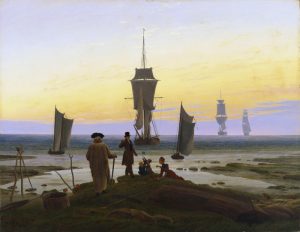 Caspar David Friedrich is one of the leading figures in the German romantic movement. His mysterious, atmospheric landscapes and seascapes proclaimed human helplessness against the forces of nature and did much to validate the idea of the Exalted as the central problem of romanticism.
Caspar David Friedrich is one of the leading figures in the German romantic movement. His mysterious, atmospheric landscapes and seascapes proclaimed human helplessness against the forces of nature and did much to validate the idea of the Exalted as the central problem of romanticism.
Family drama
Human helplessness and melancholy, high feelings of the hero in the paintings are caused by sad events in the life of the artist himself. By coincidence, Frederick knew death very early: his mother, Sophie Dorothea Behli, died in 1781, when Caspar was only seven years old. At the age of thirteen, Caspar David witnessed how his brother Johann Kristoffer fell through the ice of a frozen lake and drowned. According to some reports, Johann Kristoffer died, trying to save Caspar David, who also nearly drowned. His sister Elizabeth died in 1782, and the second sister, Mary, died of typhus in 1791. Sad circumstances with loved ones, as well as the immersion of the artist himself in spiritual and mystical poetry, influenced his work and served as the basis for the confirmation of Caspar David Friedrich as the leader of German romanticism. Continue reading
